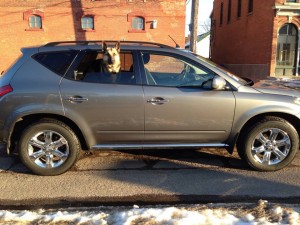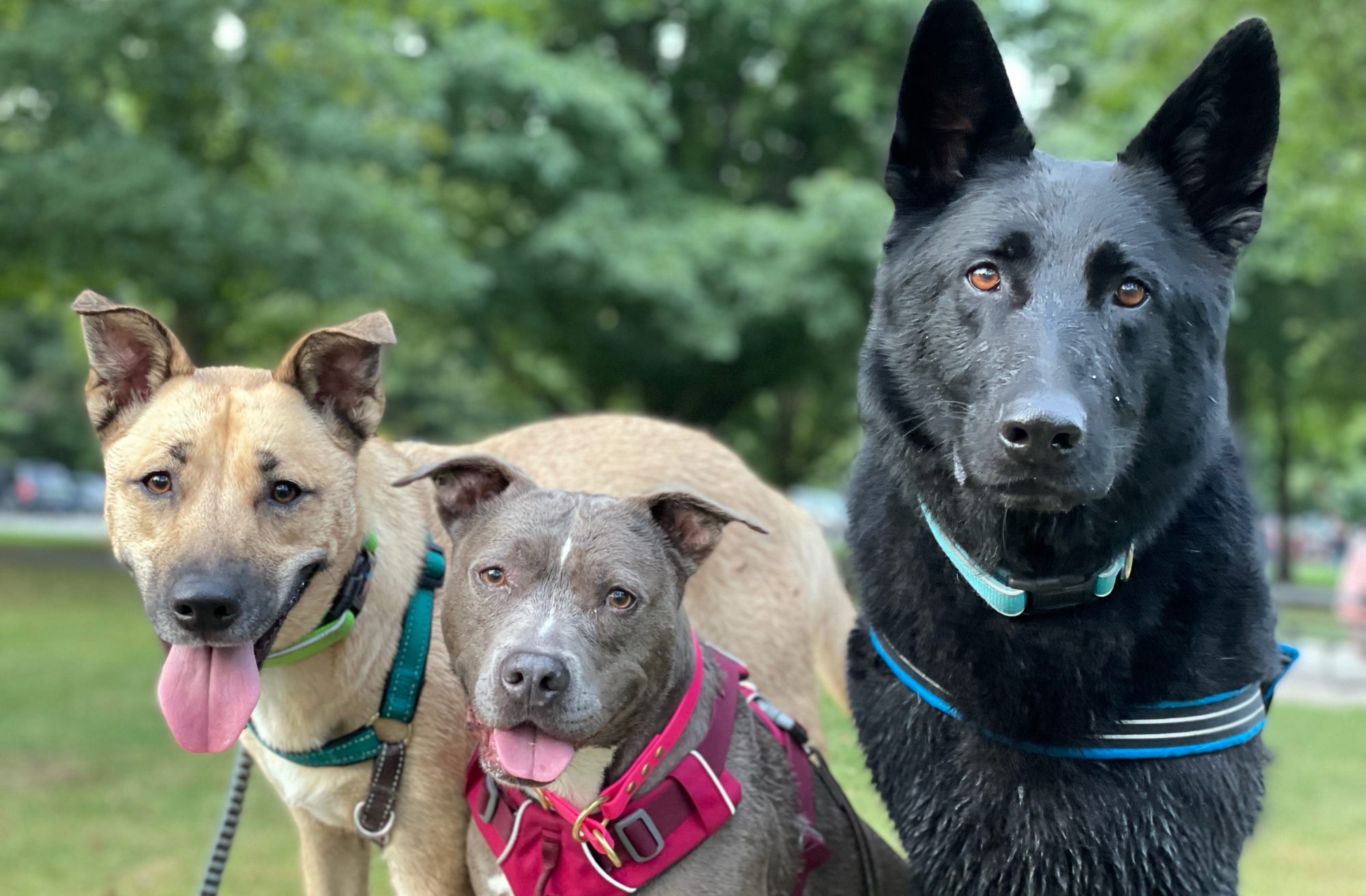 As I drove my truck into the automatic carwash today and put it into neutral, the conveyer belt grabbed my tire and began to pull my truck forward, I felt my heart rate pick up, and a small wave of anxiety pass over me. I looked down at my shifter twice to make sure the vehicle was, in fact, in neutral. After that brief moment passed, I wondered why I had that reaction? I’ve taken cars through washes for years and never had a second thought about it.
As I drove my truck into the automatic carwash today and put it into neutral, the conveyer belt grabbed my tire and began to pull my truck forward, I felt my heart rate pick up, and a small wave of anxiety pass over me. I looked down at my shifter twice to make sure the vehicle was, in fact, in neutral. After that brief moment passed, I wondered why I had that reaction? I’ve taken cars through washes for years and never had a second thought about it.
Well, I quickly deduced my reaction was in response to my last experience in that exact same car wash from a month previous. I had gone in just like any other time, waiting for the sign to turn from Green-Forward to Stop-Put Your Car Neutral. Only this time I was preoccupied with something, and rather than shift my car into neutral, I accidentally shifted it into second gear. Not realizing this right away because my truck’s tire was blocked and being pulled along on the conveyer system. Suddenly, it accelerated over the block and started moving forward on the track. This wouldn’t be so bad, except for the fact that there was a car only one half car’s length in front of me. I slammed on the breaks, popped the truck into neutral and waited for the next block to carry me out. Although this wasn’t a life or death situation, or super scary, it was surprising and gave me a jolt.
Which brings me back to today’s car wash. My brain and body remembered what happened last time, and my sympathetic nervous system wanted to make sure it didn’t happen again.
Immediately, I began to think how this relates to our animals.
To the naked eye, I’m sure no one would have known that I had a brief moment of “oh crap this isn’t going to happen again, is it?” But that is exactly what I was thinking. If such a minute experience could have that kind of impact on me, what does that mean for our animals? They may have their own versions of these experiences that we are not aware of.
Reading your pet’s reactions
Our pets can’t articulate to us what it is that scares them. They can’t always tell us about their previous experiences, ones that may have had lasting impressions on them. Situations that may cause them to stop, panic, flee or fight.
It’s up to us as their guardians to keep them safe, and have them feel secure. Taking notice of your pet’s changes based on the environment they are in can give great clues about their comfort level.
These subtle changes can help in guiding you while you journey into doing systematic desensitization and counter-conditioning with an animal that is fearful or reactive in an environment or towards certain individuals.
It’s beneficial for management too. Reading your dog’s body language can alert you as to when he’s had enough social time with his dog friends, or visiting nursing homes… you name it. All animals have their limits, have their thresholds, and need breaks before they reach them.
My take away today was to be more aware of how my animals are responding and acting. If something seems to spook them, or they are acting out-of-the-ordinary, then I need to take a step back and access the situation.
- What was the trigger(s)?
- What was my pet’s response?
- What was the consequence of the behavior; meaning what happened after my pet reacted?
From there I can build ways to prevent the event from happening again, or figure out how to work through it by changing the environment to set my pet up for success.
An example
Large, cargo vans driving within 15 feet of the dog and person while on a walk. The dog’s behavior is to stop, crouch and then try to bolt in the opposite direction of the van, but can’t because he’s on leash. So he makes himself low, ears back, tail tucked.
After the truck has passed, the dog is hyper-vigilant and reluctant to move. If the person allows any slack in the leash, the dog continues to attempt to bolt with low body posture until the truck is at least several blocks away. Then the dog can relax a bit more and resume going on the walk.
What can we do?
We can change the Antecedent (what comes before the dog’s behavior). That could be accomplished by walking the dog in areas where cargo vans don’t travel, taking that option out of the equation.
We could also change the consequence for the cargo van coming near by combining classical-conditioning and desensitization. As of right now, the consequence is that the dog wants to add distance between him and the van, and to do it quickly.
At a distance where the dog has not gone over threshold and is still checking in with his person, the person can positively reinforce the dog for noticing the van. They can do this using treats, toys, and adding distance between the dog and the van, meaning the person and dog walk away from the scary van.
Gradually they move closer to the van, and the person waits for the dog to communicate that he’s comfortable at that distance before advancing to the next level. Watching for body language signals that the dog is aware of the trigger and choosing a different option than the previous panic and flee is key to knowing when the dog is comfortable and ready to progress. This kind of communication with animals, where they have some choice in the matter and are treated humanely through the process, builds the strongest bonds between people and animals.
Obviously this is just a slice of what types of training and behavior modification could be done for this particular case.
Next time you’re out and about with your dog, be mindful of how your dog is responding to the environment. If you notice behavior changes, what are they? What can you do to help your dog, or what have you been doing?

